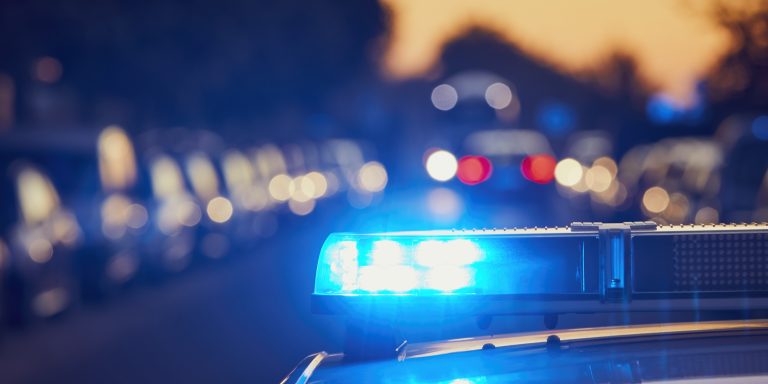INTELBRIEF
March 5, 2021
IntelBrief: Inside the House? White Supremacy in American Law Enforcement

Bottom Line Up Front
- The insurrection at the U.S. Capitol renews a focus on violent far-right extremist movements in U.S. law enforcement at multiple echelons.
- Violent far-right extremist groups’ support for police only extends until they themselves are held accountable by law enforcement.
- Militia violent extremists, including the Three Percenters and The Oath Keepers, further divide police from their communities and endanger all Americans.
- There is a need to counter the long history of violent white supremacy, ingrained in the culture of U.S law enforcement and eliminate it going forward.
Following the insurrection of January 6, there has been greater concern regarding the history of law enforcement in the United States and its relationship to the country’s ongoing struggle with racism. This uncomfortable truth is germane to all discussions of how police operate across the United States, what it means to be a police officer in the U.S., and even what it means to call the police for assistance in the United States. Acknowledging the history and persistence of white supremacy in U.S law enforcement, from local to federal levels, does not dishonor the overwhelming majority of police officers who help their neighbors with dignity and empathy. By holding law enforcement accountable to the common motto and mission of “to serve and protect,” we uphold the integrity of the institution and improve officers’ ability to do their jobs as effectively and safely as possible for all Americans. Rather, ignoring the history and current realities dishonors citizens and police alike.
The storming of the U.S. Capitol in January 20201 was an illegal attempt to stop the certification of electoral college votes in the U.S. presidential election. The intent of far-right extremists to descend on the Capitol to prevent the certification of votes was well-publicized on social media. Former President Trump and his supporters, both in and out of government, lied continuously, saying the election and country had been “stolen” and they needed to “fight” to get “their” country back. Former President Trump had long courted the worst tendencies in law enforcement, urging police to rough up demonstrators even at his own political rallies. He encouraged the “Us versus Them” mindset that has been a corrosive force in U.S. law enforcement for generations. In the history of the United States, the ultimate and persistent “Us versus Them” narrative always comes back to race. Reinforcing the belief by some that police officers alone hold back the imagined criminal apocalypse, that they are a “thin blue line” separating the good from the bad, not only makes for toxic and destructive police work and policies, but also sustains white supremacist ideology. Since at least 2006, the FBI has warned of the threat of white nationalists infiltrating law enforcement.
Groups such as the Three Percenters or The Oath Keepers are two of the better-known militias that believe that only the threat of armed violence by citizens can keep the government in check. In particular, the Proud Boys and Oath Keepers have been identified as groups that provided some strategic planning to the insurrection on January 6. As evidenced by the attack on the Capitol, elections that do not go the way of these groups are deemed not credible and do not represent the will of “real America” in their eyes. Some politicians fuel this belief for political and personal self-interest, undercutting democratic processes. These politicians and movements encourage support by law enforcement exactly as they do with the military, by deifying them in words but not deeds, leaving law enforcement officers little actual protection when it matters most. The same politicians attempt to portray any efforts at police reform or oversight as “pro-crime” rather than democratic accountability and transparency, which would help ensure the safety of all Americans equitably. It is difficult to overstate how destructive this has been to the social fabric of the United States and the physical security of many Americans and their communities.
The threat posed by white supremacists in U.S. law enforcement has therefore received elevated media scrutiny for good reason. Those who volunteer to wear a badge should be held to a higher standard, especially those tasked with keeping the public safe. Racism is not unique to law enforcement, but law enforcement is unique in that officers have control over life and death situations. Less frequently discussed, but just as important, are the everyday interactions where citizens and neighbors find themselves on the other side of the “thin blue line.” Having difficult conversations at the local, state, and national level about the threat of white supremacy in U.S. law enforcement is difficult, but necessary, especially as the issue of crime is such a visceral topic in this country. As with firearms, reaching common ground between opposing sides is extremely challenging, but these conversations are essential to ensure sustainable national security while equitably protecting civil liberties and safety. There is no place for white supremacy in law enforcement, and only by thoroughly discussing the issue in a transparent way can our country begin to make progress on what has long been considered an intractable problem.